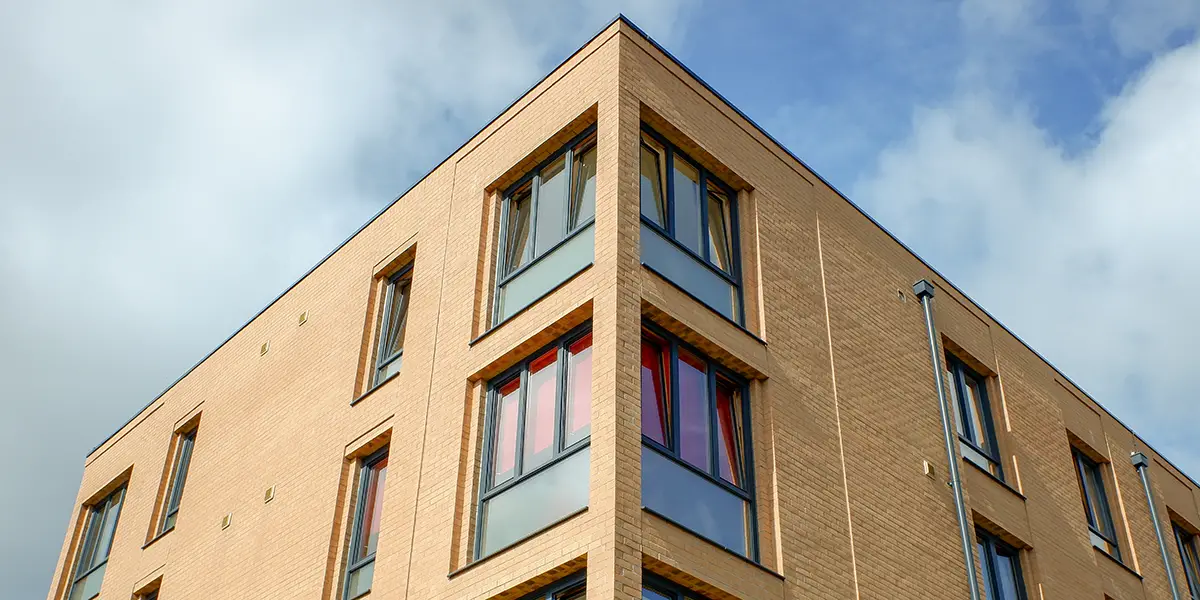
The Section 8 Project-Based Voucher program is a type of low-income rental assistance that is tied to a specific apartment or unit. Even though it is similar to the Section 8 Housing Choice Voucher program, Project-Based Vouchers offer a different type of housing.
How Project-Based Vouchers Work
Project-Based Voucher units are managed by HUD Public Housing Agencies, which are commonly called housing authorities.
Like Section 8 Housing Choice Vouchers, Project-Based Voucher tenants usually pay 30% of their adjusted monthly income towards rent. The property owner gets the rest of the monthly rent paid by the local housing authority.
When applicants are approved for PBV rental assistance, they must agree to live in a specific unit with Project-Based Voucher rental assistance.
When a tenant in a PBV apartment moves out, they do not get to keep the rental assistance and use it somewhere else. The PBV stays with the unit and the next tenant moving in will receive the rental assistance. This is different from the Section 8 HCV program, where renters can take the voucher with them when they move and use it in a new apartment.
Housing Tip: The Project-Based Voucher program also has a unique feature that allows eligible tenants to get a Section 8 Housing Choice Voucher.
If a tenant remains in a PBV apartment for at least one year, they can request the next available Section 8 Housing Choice Voucher from the housing authority. This allows them to get rental assistance in other areas without staying on a long waiting list.
Project-Based Vouchers follow the same rules as Section 8 Housing Choice Vouchers. To learn more, start by reviewing the qualifications for Project-Based Vouchers.
